Kyoto’s cherry blossoms turn the ancient city into a pink haven, but visiting at the wrong time means fighting selfie sticks and tour groups rather than reveling in the peaceful beauty. Millions of tourists flood the city during peak bloom, transforming tranquil temple courtyards into sprawling festivals.
Clever travelers know that enjoying Kyoto’s world-famous sakura doesn’t have to mean wading through crowds. Here are 20 strategic moments to see Kyoto’s cherry blossoms without losing your mind and getting those Instagram-perfect photos without photobombing innocent strangers.
Dawn Patrol at Maruyama Park
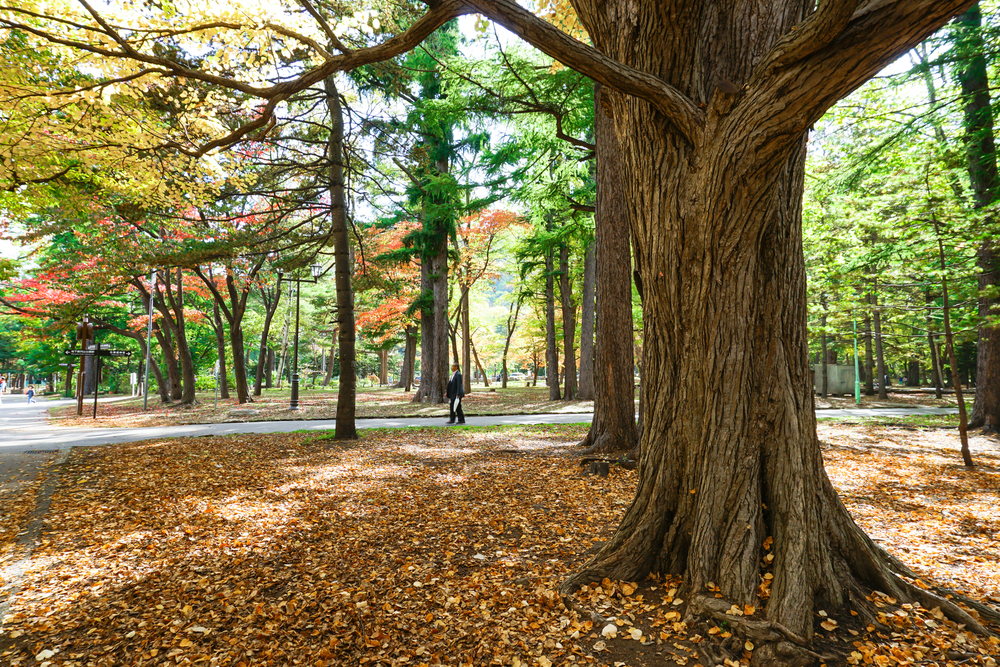
The most popular hanami spot in Kyoto becomes magical before 6 AM when only dedicated photographers and early-rising locals claim the best viewing spots. Park gates open at 5 AM, giving you almost two hours of quiet blossom viewing before the tour buses roll in.
The soft morning light creates perfect conditions for photography, and you’ll often have entire sections of the park to yourself.
Rainy Day Adventures
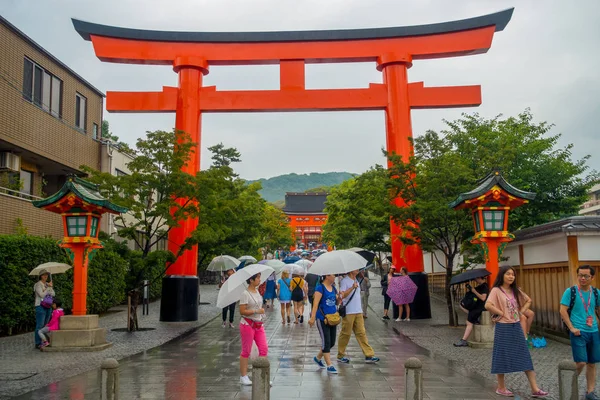
Most tourists retreat indoors when clouds gather, but light rain creates some of the most atmospheric blossom viewing experiences. Wet petals glisten like jewels, and the misty air adds an ethereal quality to temple gardens that you won’t find in guidebook photos.
Pack an umbrella and waterproof camera gear for these surprisingly magical moments.
Like Travel Pug’s content? Follow us on MSN.
Weekday Mornings at Kiyomizu-dera
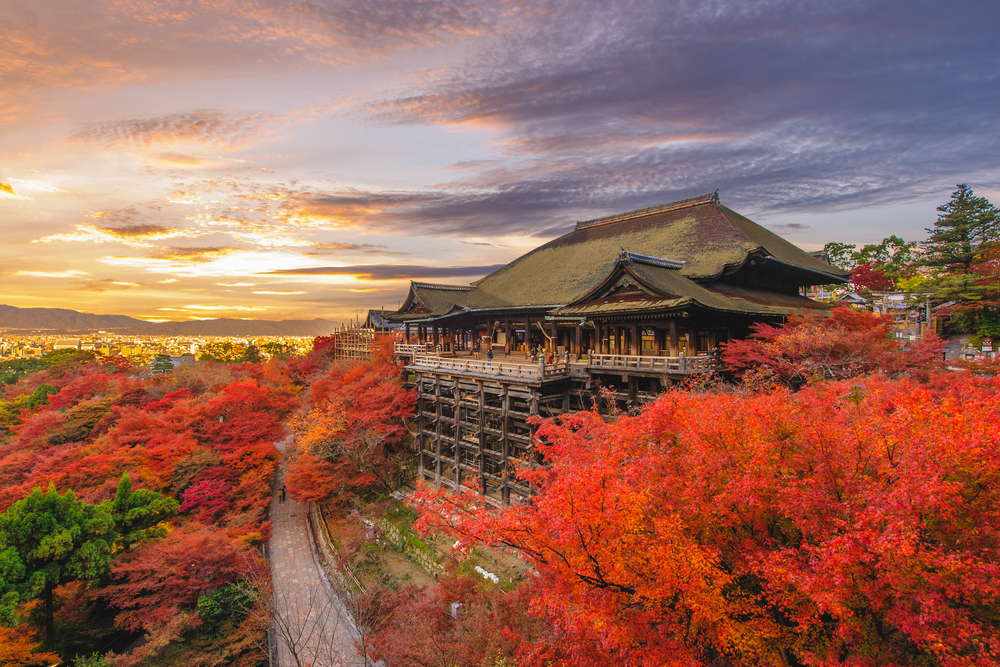
While weekends bring chaos to this UNESCO World Heritage site, Tuesday through Thursday mornings offer relatively peaceful temple exploration. Arrive when gates open at 6 AM during peak season to climb the famous wooden stage with minimal crowds.
The panoramic city views framed by cherry trees become truly breathtaking without dozens of people jostling for the same photo angle.
Late Evening Golden Hour
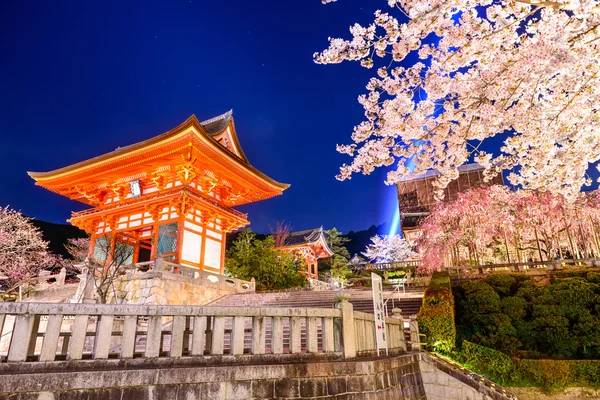
Most tour groups wrap up their schedules by 5 PM, creating opportunities for stunning sunset photography among the blossoms. The warm, golden light filtering through pink petals creates magical scenes at spots like the Philosopher’s Path.
Evening visits also coincide with locals finishing work, giving you a more authentic glimpse of how locals unwind among the blossoms.
Pre-Peak Bloom Strategy
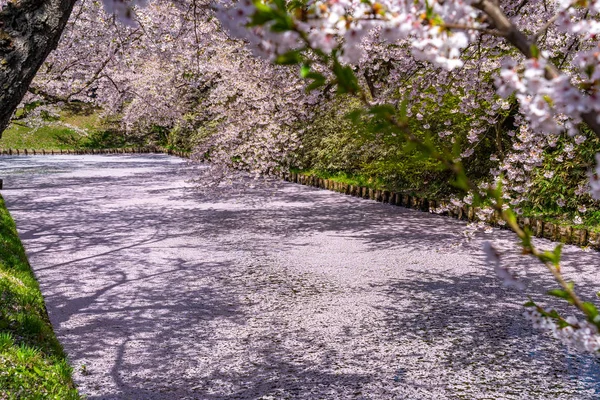
Visiting 3–5 days before full bloom means seeing trees at 70–80% capacity with significantly fewer crowds. The anticipation in the air feels electric, and locals often prefer this stage when individual flowers stand out more clearly.
Weather apps and local bloom forecasts help you time this sweet spot perfectly.
Like Travel Pug’s content? Follow us on MSN.
Post-Peak Petal Showers
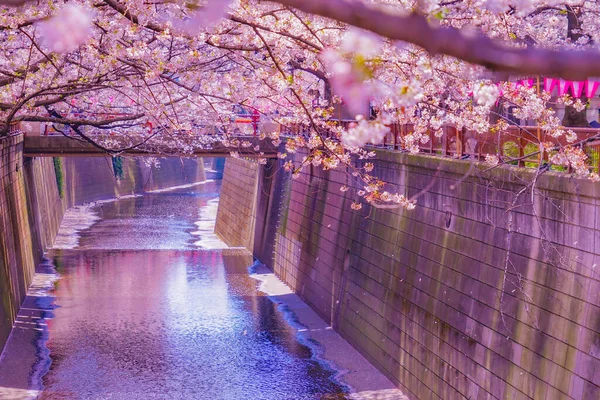
The week after peak bloom brings a different kind of magic as petals create natural confetti storms. Crowds thin out considerably as many visitors assume the show is over, but fallen petals carpeting temple grounds and floating down streams create equally stunning scenes.
This timing works especially well for capturing unique ground-level perspectives.
Hidden Gems in Northern Kyoto
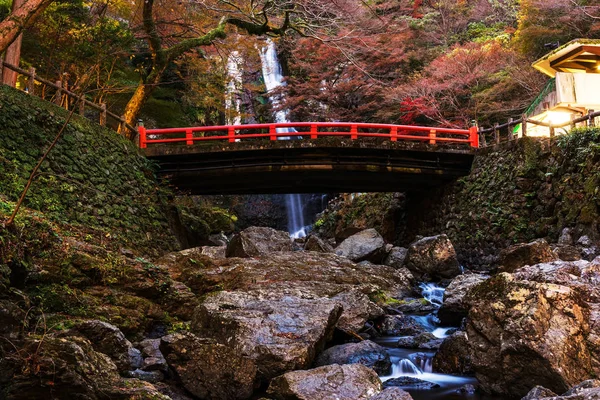
Venture 30 minutes north of central Kyoto to discover temples like Sanzen-in and Kurama-dera, where tour buses rarely venture. These mountain locations often bloom 1–2 weeks later than city spots, extending your viewing window naturally.
The journey itself becomes part of the adventure, with rural train rides through blossoming valleys.
Midweek Philosopher’s Path Strolls

This famous 1.2-mile walking route becomes unbearably crowded on weekends but transforms into a peaceful meditation path on Wednesday and Thursday mornings. Start at Ginkaku-ji temple around 8 AM and work your way south, stopping at small cafés that cater more to locals than tourists.
The canal-side cherry trees create natural tunnels that feel almost private during off-peak times.
Like Travel Pug’s content? Follow us on MSN.
Arashiyama Bamboo Grove Timing
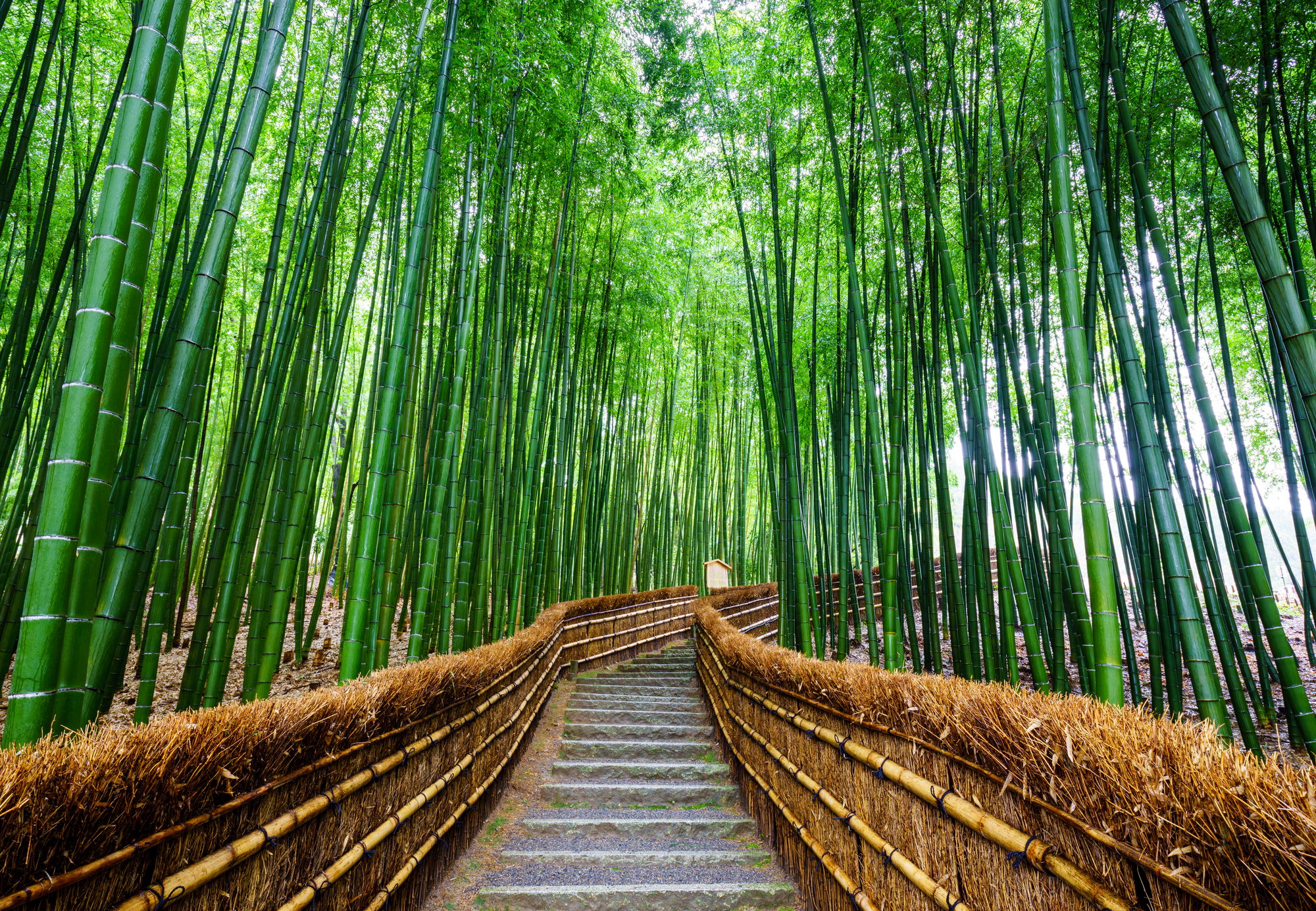
While bamboo doesn’t bloom, the nearby Tenryu-ji temple gardens offer spectacular cherry viewing with proper timing. Visit on weekday mornings before 9 AM to experience both the famous bamboo forest and temple blossoms without the crushing crowds.
The contrast between green bamboo and pink petals creates unique photographic opportunities.
School Hours Advantage
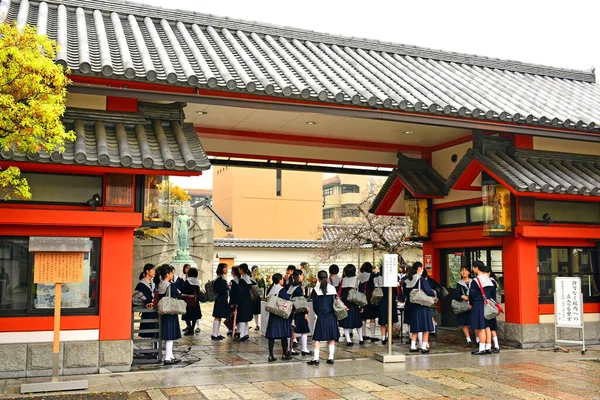
Japanese schools typically run Monday through Friday with Saturday half-days, meaning family crowds concentrate on weekends. Visiting popular spots between 9 AM and 3 PM on weekdays eliminates most domestic tourism while school children are in class.
Local parents with young kids also tend to visit parks and temples during these quieter periods.
Alternative Blossom Varieties

While everyone obsesses over cherry blossoms, Kyoto’s plum trees bloom 4–6 weeks earlier with equally stunning displays and virtually no crowds. Kitano Tenmangu shrine hosts incredible plum festivals in February and early March that offer similar aesthetic experiences without the tourism madness.
These earlier blossoms also help you practice photography techniques for the main event.
Like Travel Pug’s content? Follow us on MSN.
Late Season Mountain Temples
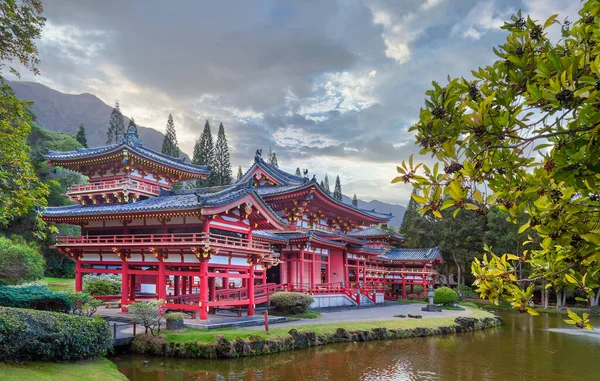
Higher elevation temples like those on Mount Inari experience delayed blooming that extends into early May when city trees have finished. These locations require more effort to reach, naturally filtering out casual tourists while rewarding dedicated visitors with pristine viewing conditions.
The mountain air and elevated perspectives create dramatically different scenes from standard ground-level temple visits.
Weather Window Strategy
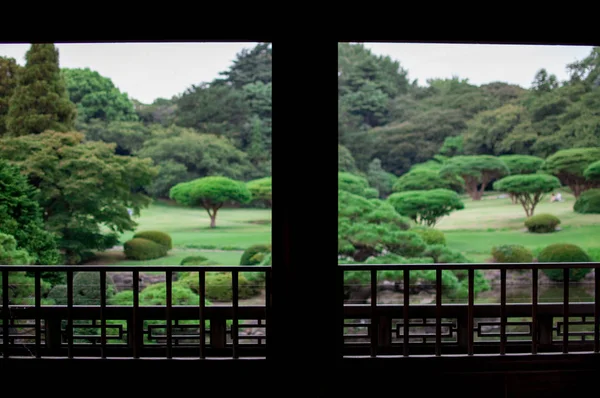
Check local weather forecasts for brief clear periods between rainy spells, as crowds tend to stay indoors based on morning conditions rather than hourly updates. A day that starts cloudy but clears by noon often provides empty temples and parks as most people have made alternate plans.
This meteorological gambling occasionally pays off with perfect conditions and minimal company.
Local Neighborhood Discoveries
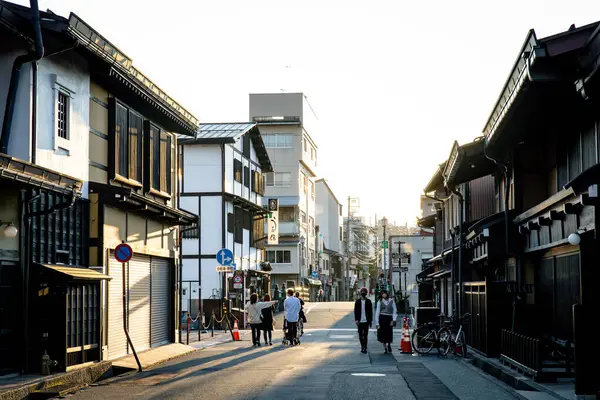
Residential areas throughout Kyoto feature countless small shrines and park spaces where locals enjoy blossoms without tourist infrastructure. Wandering neighborhoods like Nishiki or areas near Kyoto University reveals community blossom viewing spots that feel authentic and peaceful.
These discoveries often become the most memorable parts of any trip.
Like Travel Pug’s content? Follow us on MSN.
Golden Week Avoidance Planning
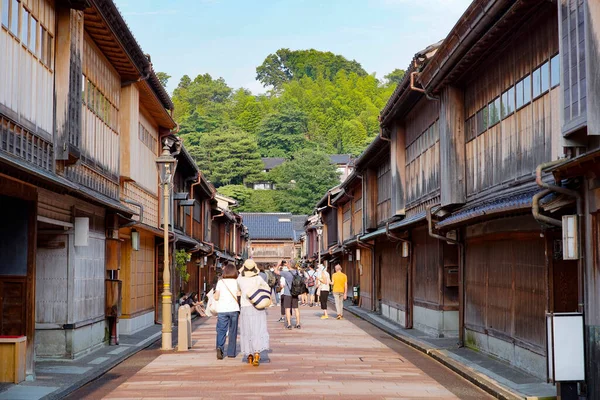
Japan’s Golden Week holiday in late April and early May brings domestic tourism to peak levels throughout Kyoto. Planning your visit either before April 29th or after May 5th helps avoid the largest crowds of Japanese tourists while potentially catching late-blooming varieties.
Many locals leave Kyoto during Golden Week, creating opportunities at normally busy spots.
Early Season Warmup Visits
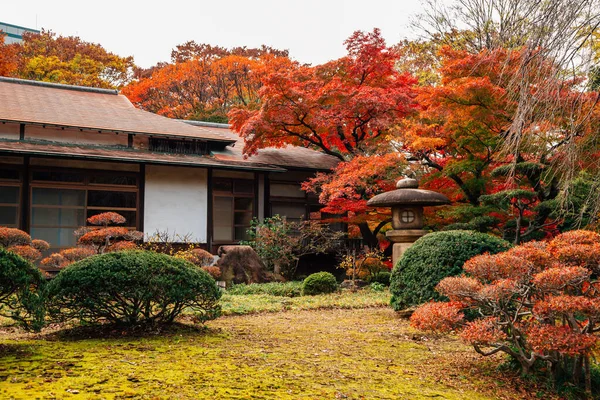
March visits before peak season allow you to scout locations, understand transportation routes, and develop timing strategies for return visits during bloom. Many temples and gardens remain beautiful even without flowers, and you’ll gain valuable knowledge about crowd patterns and optimal photography angles.
This preparation makes your actual blossom viewing much more efficient and enjoyable.
Sunset Temple Illuminations
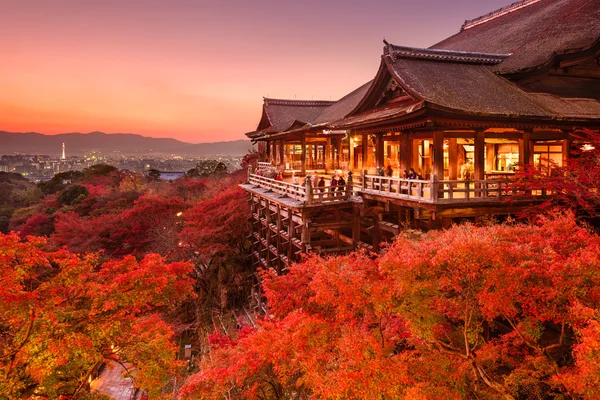
Special evening illuminations at temples like Kiyomizu-dera and Kodai-ji create unique viewing opportunities that many tourists miss due to dinner reservations or early hotel returns. These events typically start after 6 PM and continue until 9 PM, offering dramatically lit cherry trees against historic architecture.
Advance ticket purchases are often required, but crowds remain more manageable than daytime visits.
Like Travel Pug’s content? Follow us on MSN.
Transportation Timing Tricks
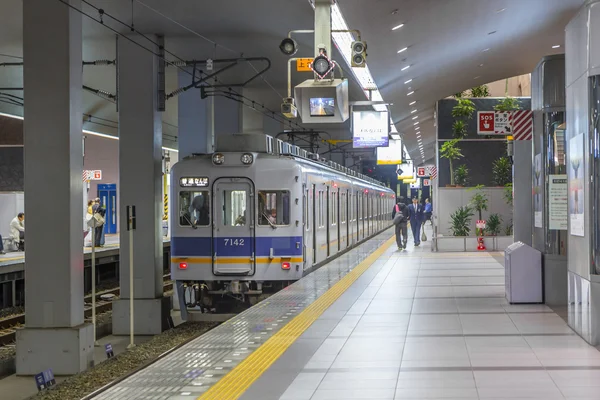
Using Kyoto’s train and bus systems during off-peak hours dramatically improves your temple-hopping efficiency while avoiding sardine-can conditions. Early morning trains at 6-7 AM and late afternoon returns after 4 PM move faster and more comfortably.
This timing strategy becomes especially crucial when visiting multiple locations in a single day.
Seasonal Weather Patterns
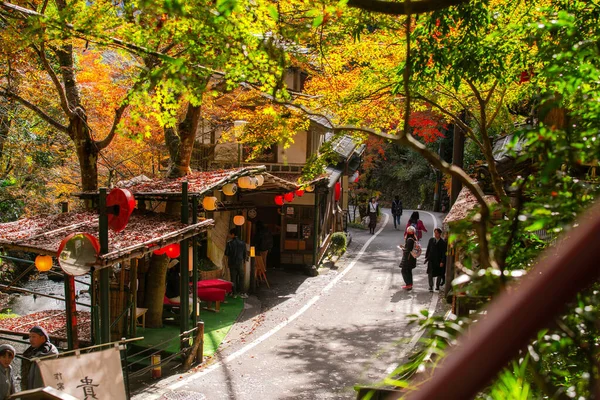
Understanding Kyoto’s spring weather patterns helps predict when crowds will avoid outdoor activities, creating opportunities for dedicated visitors. Cold snaps, unexpected warm spells, and wind patterns all influence both bloom timing and tourist behavior.
Local weather knowledge becomes particularly valuable for planning multi-day viewing strategies.
Photography Golden Hours
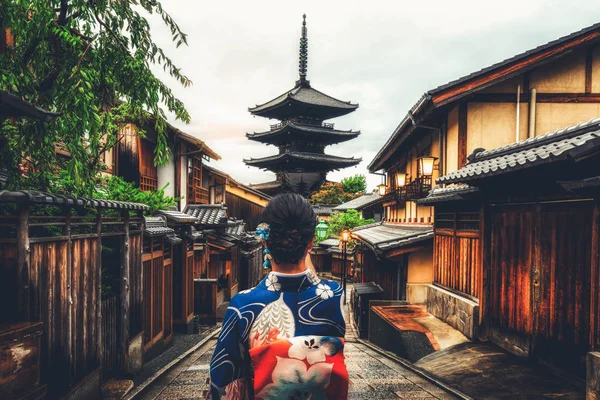
The hour immediately after sunrise and before sunset provides the most flattering light for cherry blossom photography while coinciding with lower crowd levels. Professional photographers often claim these times at popular spots, but their presence indicates optimal viewing conditions.
Learning these natural light patterns helps you plan visits around the most beautiful and least crowded moments.
Like Travel Pug’s content? Follow us on MSN.
The Enduring Appeal of Patient Travel
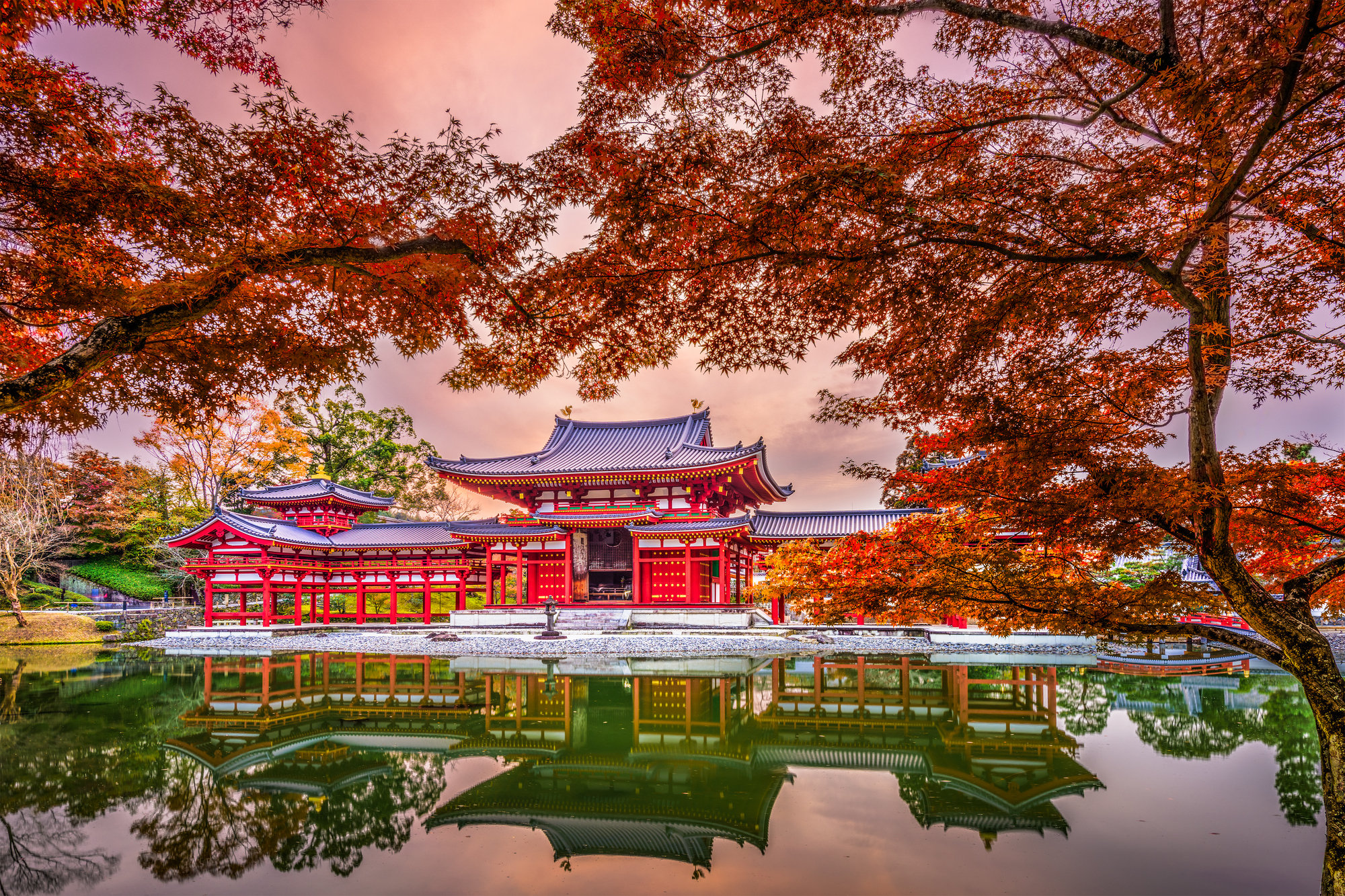
Kyoto’s cherry blossoms have drawn admirers for over a thousand years, with ancient court poets writing verses about the ephemeral beauty of the sakura season. Modern travelers who embrace patience and strategic timing connect with this same sense of wonder that inspired generations of Japanese artists and writers.
The crowds and commerce surrounding the blossom season represent a relatively recent development, while the underlying beauty remains unchanged. Those willing to wake early, walk farther, and time their visits thoughtfully discover that Kyoto’s most magical moments still exist—they just require a bit more effort to find.
More from Travel Pug

- 20 Best Beach Towns in the Carolinas
- 13 Destinations Where Tourists Regularly Regret Their Trip
- 20 Things You Actually Get in First Class
- 20 Small Airports With Aviation Museums
- 20 Places in the U.S. That Are Perfect for a Reset Trip
Like Travel Pug’s content? Follow us on MSN.
